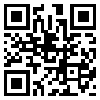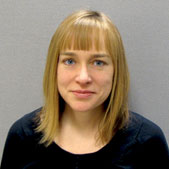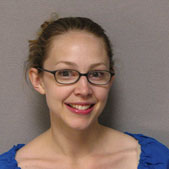
Executive Director
Don’t you just love it when things come together, begin to make sense and an "aha" moment occurs? As our loyal readers know, one of my passions is reading about trends, discerning their commonalities, and figuring out what they mean for the work of the HS/HSL and information communities in general. As a personal rule, if I read about or see something mentioned three times across diverse communities, I pay attention. I also watch the commercial sector and popular culture to see what technology is booming. Success in those arenas frequently drives creativity and adoption in higher education. Things have been hopping in this first quarter of 2012.
In February, the 2012 Horizon Report was released with its short-term, mid-term, and far-term technologies to watch. Short-term technologies were mobile apps and tablet computing. Game-based learning and learning analytics were mid-term, and the far-term technologies included gesture-based computing and the Internet of Things. Underpinning all of these are "metatrends," such as working whenever/wherever, collaboration, the increasing model of "openness" (think open source, open access), shifts in publishing, informal learning (if you have a chance, read "’Badges’ Earned Online Pose Challenge to Traditional College Diplomas"), and big analytics/data/networks. And of course, we can’t forget "the Cloud."
In late February, I attended the annual meeting of the National Federation for Advanced Information Services (NFAIS) entitled, Born of Disruption: An Emerging New Normal for the Information Landscape. There were some amazing speakers; if you want to see some of the slides, they’re available at the NFAIS web site. Of the many things that filled my brain, a few stood out: the many discussions about data and how to organize, describe, and make it accessible; the Cengage presentation on learning analytics and collaboration tools; and some incredible information about the Internet of Things where everything we own, not just computers, will be connected to the Internet – furniture, clothing. Could clothing be used to monitor patients? What about apps and tablets? Of the people in the audience who were taking notes, easily 50% were using tablets of some sort.
And if all that confluence weren’t enough, over the past month in some of my reading (the Economist, Fast Company, the Chronicle of Higher Education, the Washington Post, and blogs of various sorts), I have seen articles about the Internet of Things, gesture-based computing, game-based learning, and learning analytics. My "rule of three" is fast becoming reality in those areas. No doubt, this confluence of technologies and ideas will disrupt the way we teach, learn, use information, discover, and collaborate. We will be challenged to discern what we should adopt and advance, and to identify what we can ignore.











